

Josh Nevett
2025 Mazda BT-50 GT review
6 Days Ago

News Editor
Patent images of Volvo’s upcoming EX30 have been published online, giving us our best look yet of the entry-level electric SUV.
The EX30 is due in Australia before the end of 2023.
The patent images, shared by Coche Spias, depict a vehicle with a clear familial resemblance with the upcoming EX90 flagship, with similar headlight and tail light designs.
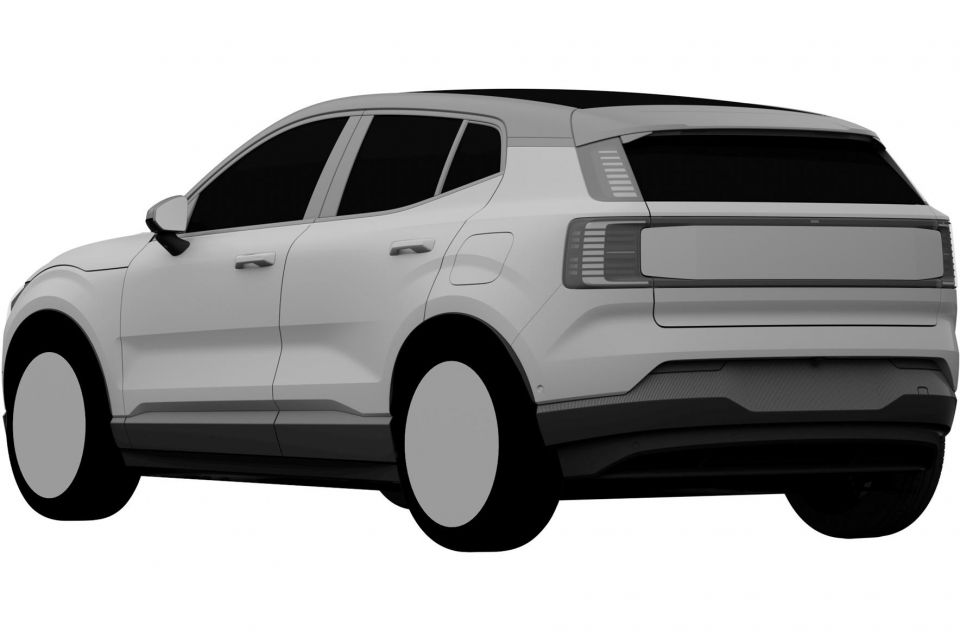
In terms of its silhouette, it’s more upright than the larger C40 but somewhat more rakish than the XC40.
We already got a brief glimpse of the EX30 last year, with Volvo releasing a shadowy teaser that showed off the EX90-like tail lights.
While there are no patent images of the interior, the Spanish website also shared a trio of spy images from China of which one depicts the cabin.
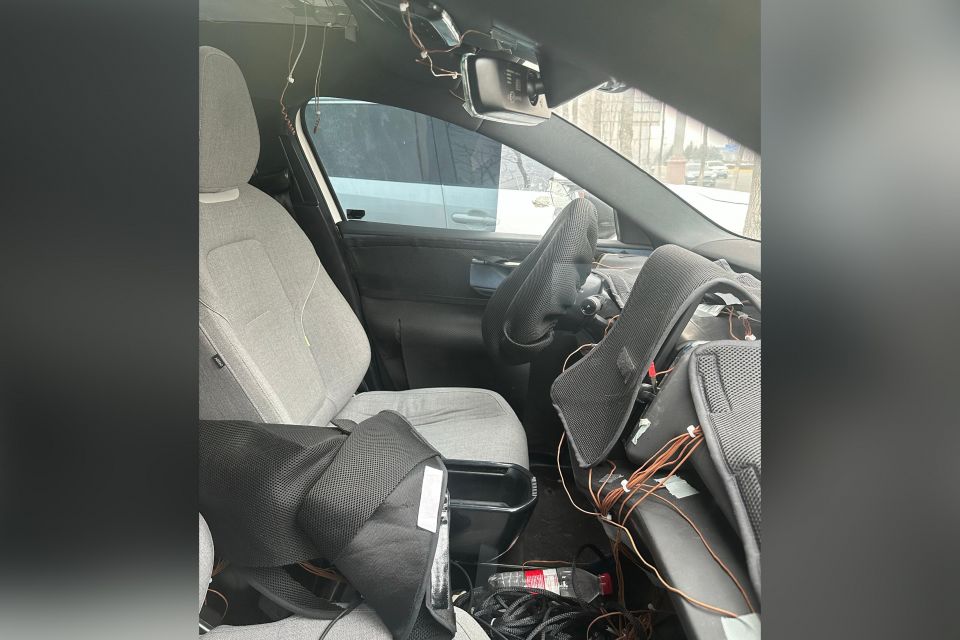
There’s a large, portrait-oriented touchscreen that appears to be flanked by vertically oriented air vents, while the gear shifter is positioned on the steering column.
There’s a prominent ledge running along the dashboard, while the front floor appears to be flat with the centre console disconnected from the dashboard.
The EX30 is expected to offer only all-electric powertrains and be produced in China for local and export markets.
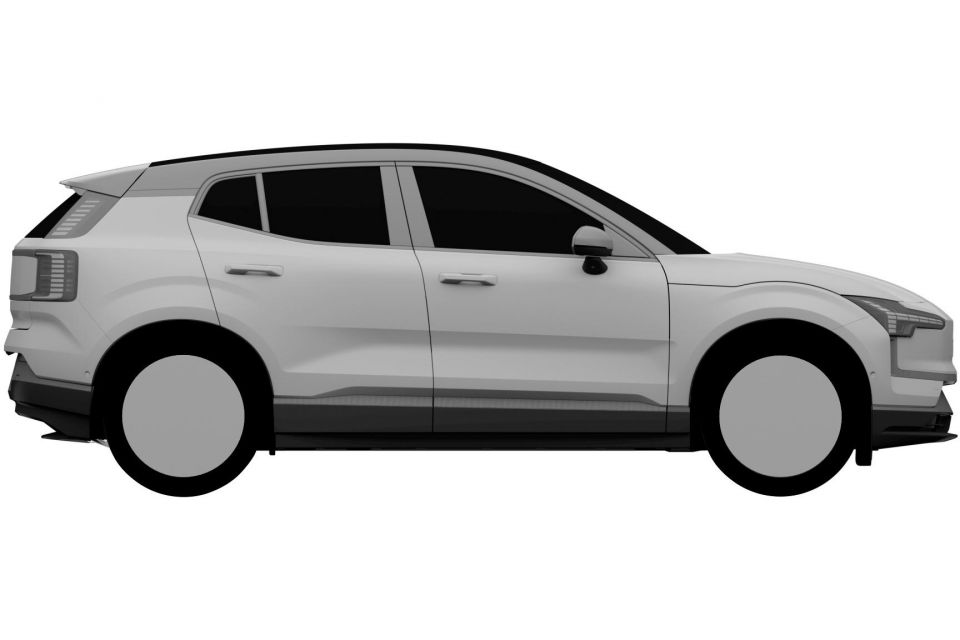
It’s also expected to be smaller than the C40 and XC40, which are both over 4.4 metres long, and will reportedly use the Sustainable Experience Architecture underpinning other vehicles under the Geely umbrella like the Smart #1 and #2.
While pricing won’t be revealed until later this year, Volvo CEO Jim Rowan has previously said he expects the crossover to “reach a different price demographic”.
Smaller battery options, which Mr Rowan says will allow buyers to “choose the range that best fits their lifestyle and their budget”, are expected to help bring pricing down.
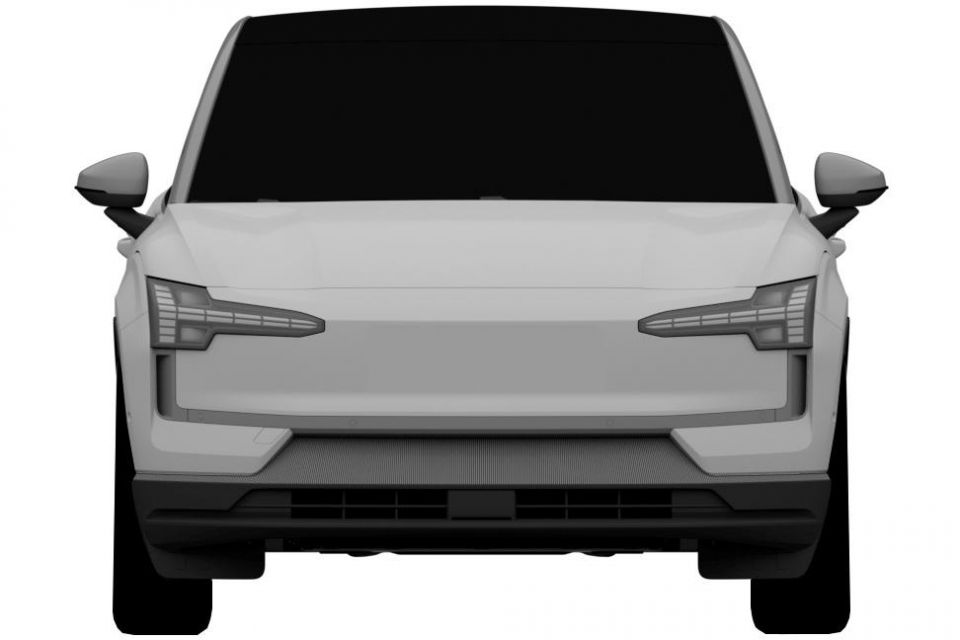
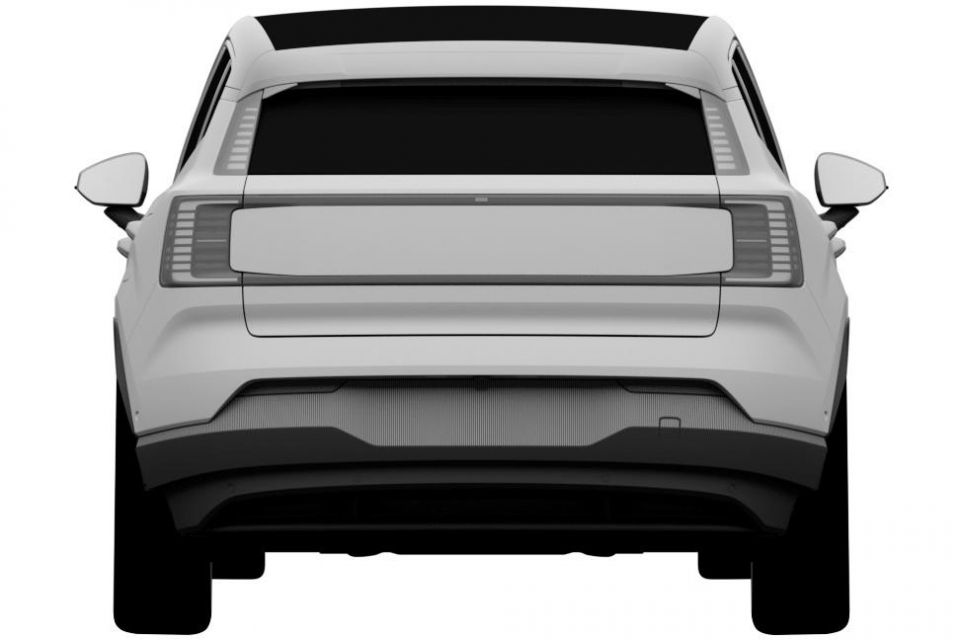
Volvo has high hopes for the small electric crossover, saying it will play a “big part” in achieving its ambitious sales target of 1.2 million cars per year by 2025.
In some markets Volvo may offer a subscription service for a minimum three-month term to also encourage buyers, though the company won’t offer swappable batteries as some Chinese automakers are doing.
It says it won’t do this due to safety reasons. The battery has been placed in a location which is in an ‘integral’ part of the car’s crashworthiness.
Volvo plans to become an EV-only brand by 2030, with its Australian line-up going all-electric by 2026.
The company already offers the electric C40 Recharge and XC40 Recharge Pure Electric in Australia, with the EX90 due in 2024.
Where expert car reviews meet expert car buying – CarExpert gives you trusted advice, personalised service and real savings on your next new car.
William Stopford is an automotive journalist based in Brisbane, Australia. William is a Business/Journalism graduate from the Queensland University of Technology who loves to travel, briefly lived in the US, and has a particular interest in the American car industry.


Josh Nevett
6 Days Ago


Paul Maric
5 Days Ago
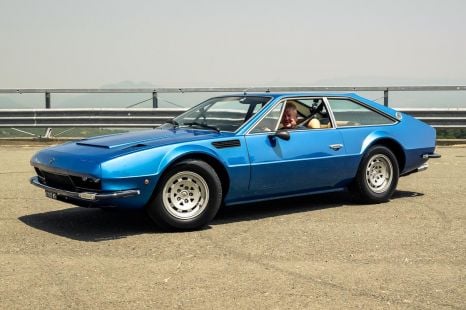

Anthony Crawford
4 Days Ago


Max Davies
3 Days Ago


James Wong
1 Day Ago


James Wong
14 Hours Ago